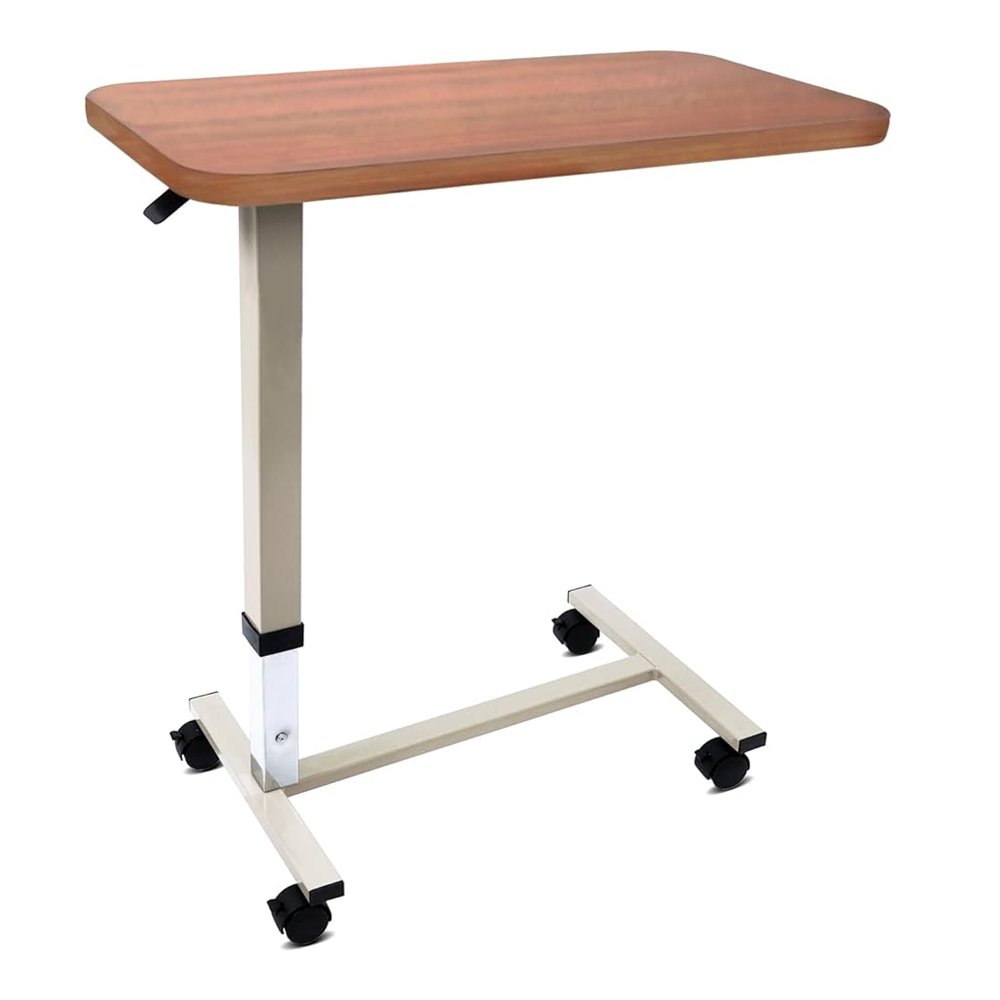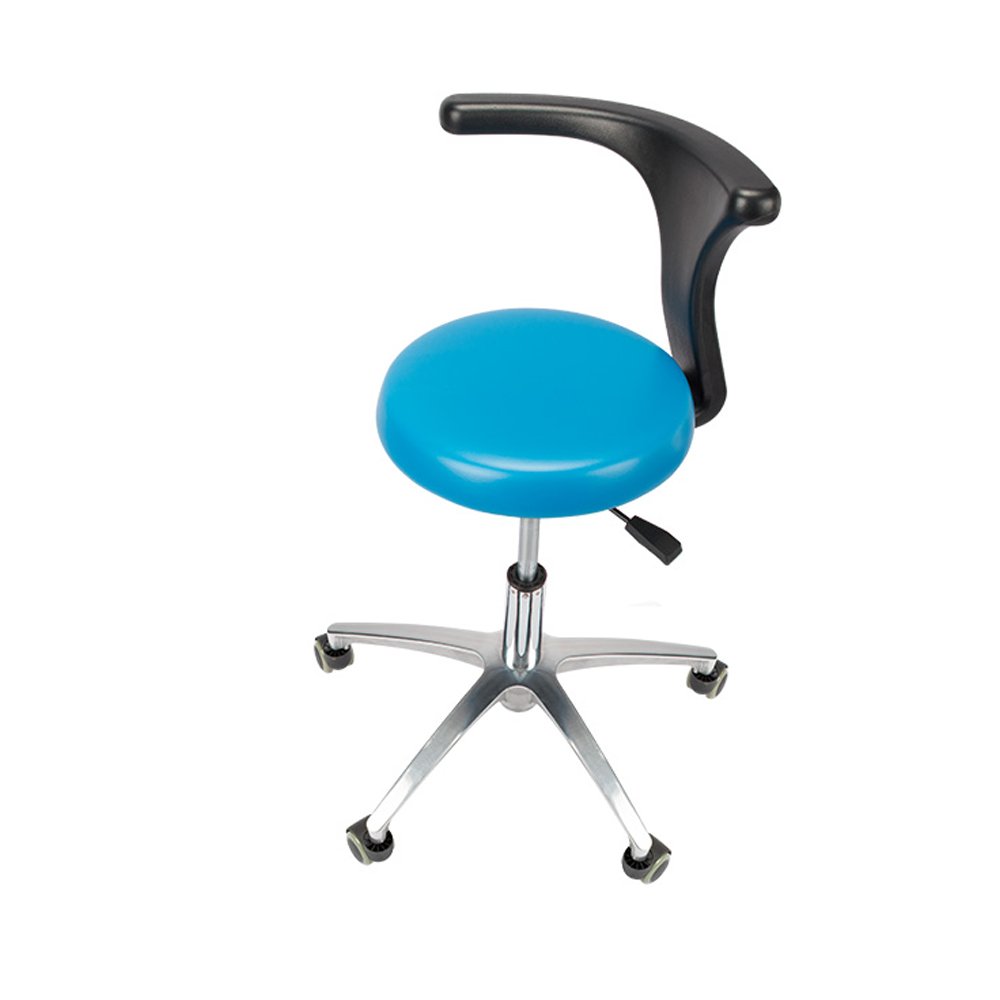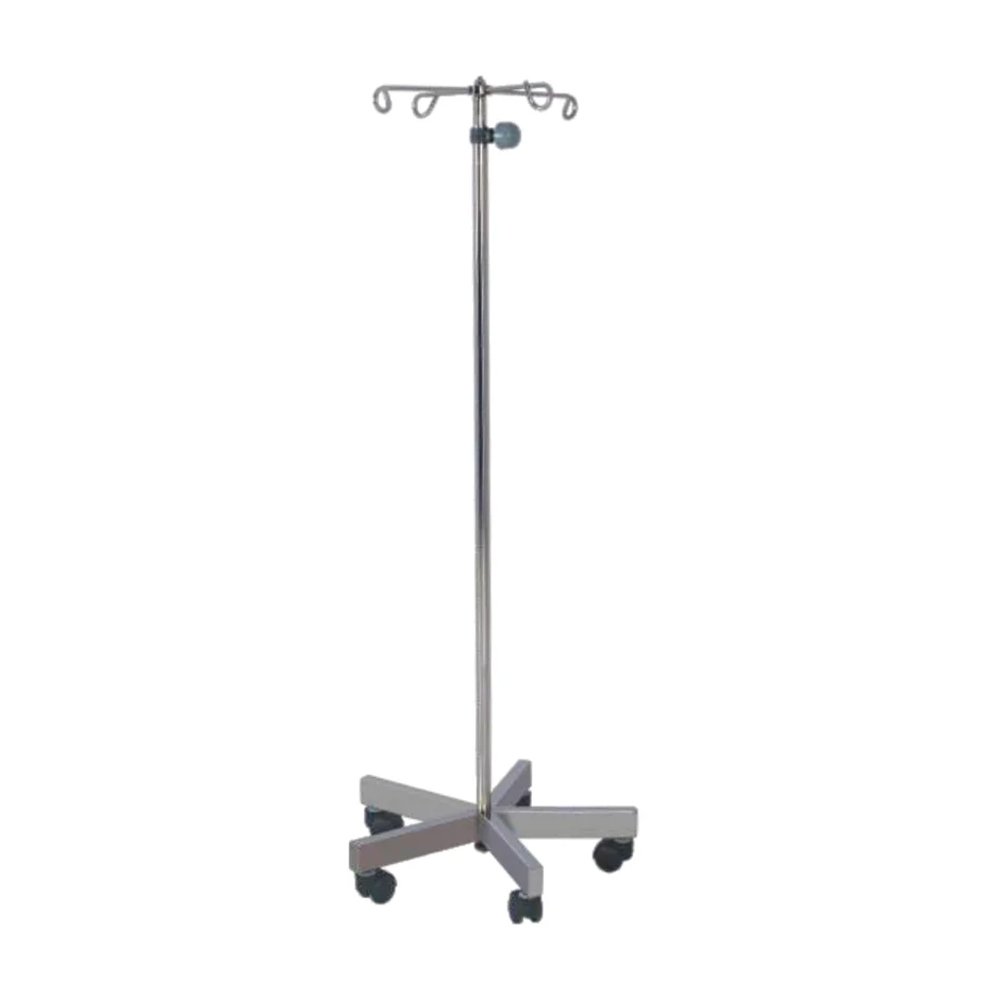Key features and functions of a hospital bedside table typically include:
Surface Area: Bedside tables offer a flat and stable surface for placing essential items such as water pitchers, medications, personal belongings, or meals. This provides a convenient reach for patients, allowing them to access items without having to leave their beds.
Adjustable Height: Many modern hospital bedside tables come with adjustable height settings, allowing healthcare professionals to customize the table’s position based on the patient’s specific needs.
Mobility: Some bedside tables are equipped with wheels or castors, enabling easy movement and repositioning as needed.
Storage Options: Bedside tables often include drawers, shelves, or compartments for storage. This allows patients to keep personal items organized and within reach.
Durability and Cleanliness: Hospital bedside tables are designed with materials that are durable, easy to clean, and resistant to damage. This promotes a hygienic environment within healthcare facilities and ensures the longevity of the furniture under the demanding conditions of a hospital setting.
Integrated Features: Some bedside tables come with integrated features such as built-in lighting, power outlets, or USB ports. These additions enhance the functionality of the table, providing patients with additional comfort and convenience.
Overbed Tables: Some bedside tables are designed as overbed tables that can be easily positioned over the patient’s bed. These tables typically have a tilting or adjustable top, allowing patients to comfortably read, eat, or use electronic devices.






Reviews
There are no reviews yet.